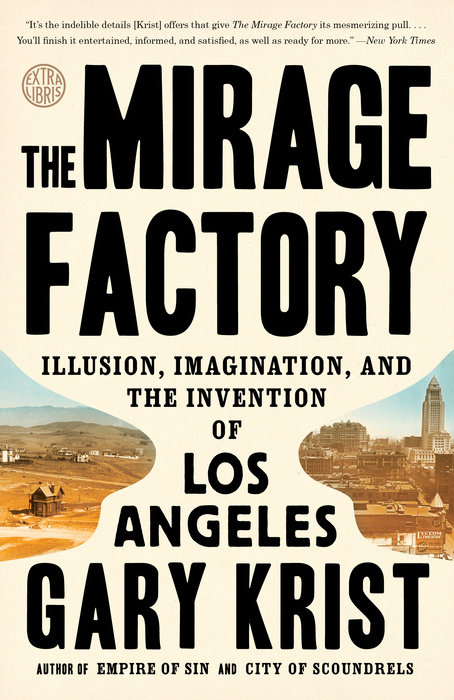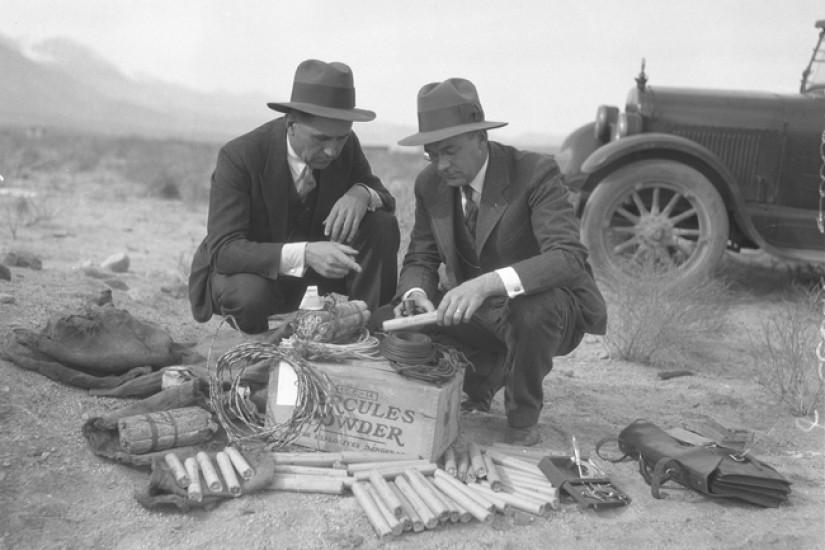At 1:30 on the morning of May 21, 1924, a thunderous explosion rocked the Owens Valley near the town of Lone Pine, echoing against the stark rampart of snowcapped Sierra to the west. Centered on a lonely stretch of the Los Angeles Aqueduct north of town, the explosion—caused by the detonation of 500 pounds of dynamite—shattered one wall of the carefully engineered conduit channeling water to the distant city. By the time investigators arrived on the scene the next morning, millions of gallons of the precious stuff had been wasted, and more was running out of the aqueduct with each passing minute.
News of the explosion came as a shock to most Angelenos. True, tensions had been simmering in the Owens Valley for some time, but until now the trouble hadn’t advanced beyond threats, bluster, and inconclusive standoffs. But the May 21 bombing signaled an escalation of the conflict to a new, more violent plane. As William Mulholland, who heard about the bombing in an early-morning telephone call, told an emergency session of the L.A. City Council: “We had heard of threats from disgruntled persons, but going on the theory that barking dogs do not bite, we did not pay any attention to them. Last night they bit.”
In response to the bombing, the city sent a team of law enforcement officials north to assist the local sheriff’s office in the investigation, followed by a gaggle of newspaper reporters and photographers. Over the next few days, as water department workers moved to repair the damage, it became clear what had happened in that remote stretch of the valley.
Fresh footprints and tire tracks around the blast site indicated that a caravan of some 40 people had been involved in this act of domestic terrorism. And although the L.A. papers at first speculated wildly about the source of the conspiracy—attributing the bombing to anarchists, Wobblies (members of the radical Industrial Workers of the World union), or even private power companies seeking to disrupt the city’s attempts to develop hydroelectric capacity—the perpetrators were soon revealed to be local residents. Detectives traced the dynamite to a nearby warehouse that just happened to be owned by the Watterson brothers, leaders of the Owens Valley Irrigation District. Mulholland dispatched several private investigators to Lone Pine and offered a $10,000 reward for information, but the guilty parties could not be found. As detective Jack Dymond later remarked, “Every resident of the Owens Valley knows who did the dynamiting, but no one will tell.”

